At 500px amazing photography is at our core, but these photos would not be possible without the talented people behind the lens. The 500px Spotlight series was created to highlight the global and diverse photographers that are part of the 500px Community.
This week we are very excited to introduce you to Aleksandra Lemke, a free-spirited portrait and fashion photographer based in Finland. In this interview, Aleksandra explains what it is like working in fashion photography and how to build a network in a new place.
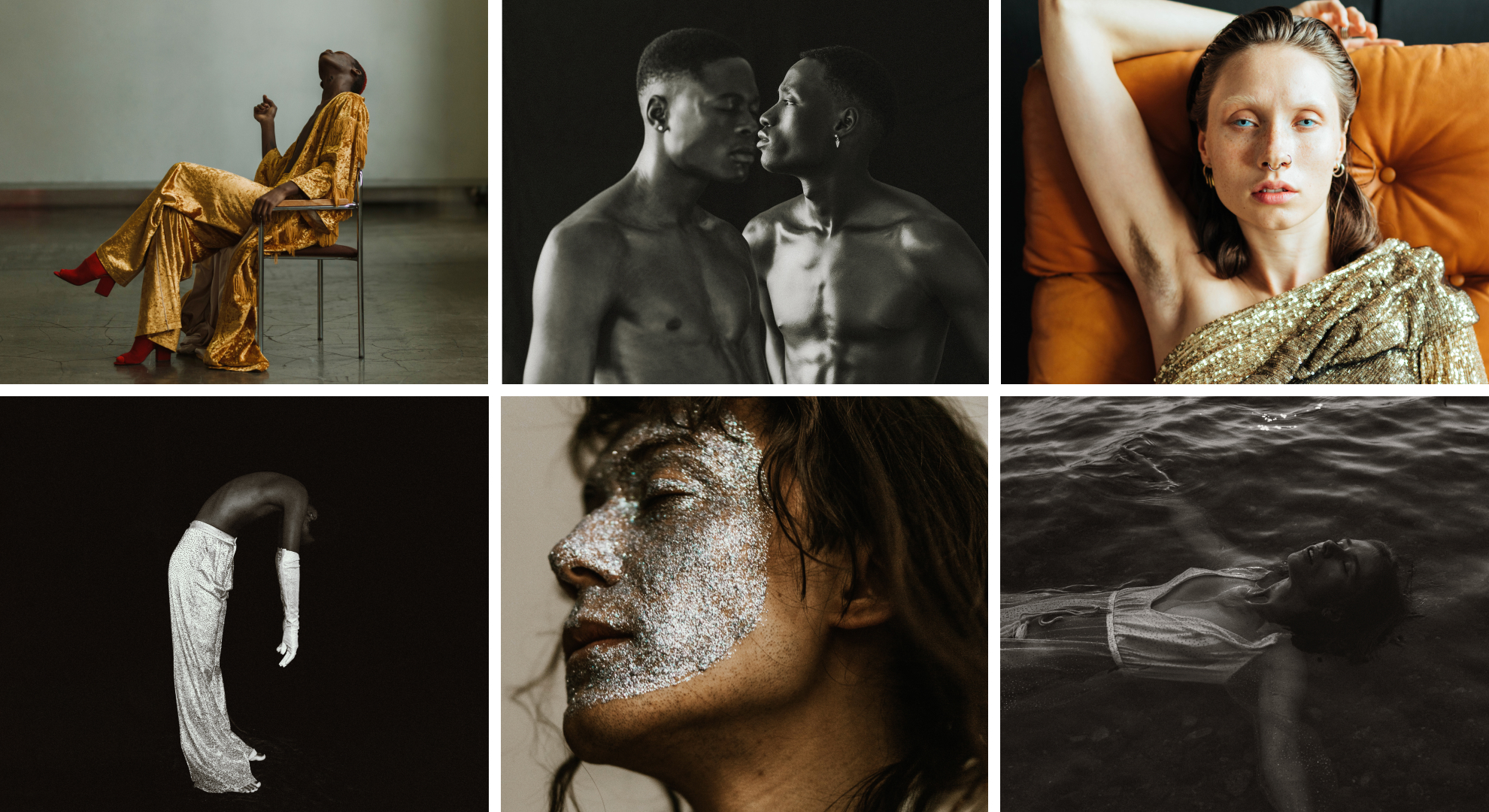
How did you get your start as a creative, and what made you gravitate towards portrait and fashion photography?
I briefly remember that I was surrounded by cameras and photography during my early childhood. When I was only a few years old, I started playing and doing photoshoots with my great grandparents as models. I still have those photographs. I was always interested in any form of art, but especially still images. I can’t tell you for sure what was drawing me to photography back then, but I knew in high school that it would be a big part of my life. I applied to an art school in my hometown in Poland, and this is how my real journey began.
I’m a free-spirited person, who daydreams more often than I should, and I always loved to share this sense of freedom with people around me. I loved to create the moment, instead of only capturing it. I love to direct people and invite them to my little world, and I believe those are the main reasons behind why I chose portraits over landscapes for example. You have more freedom in expressing yourself, and you really do live in a present time.
How would you describe your personal style, and are there any photographers you refer to for inspiration?
My style is very real and almost balletic. I appreciate the raw, mysterious feeling of analog photography, and I try to show it in my art. I work most of the time with natural light only, and this defines my aesthetic a lot. I would like to think that my photographs are captivating in the sense that viewers are interested in what is behind this pose, or the sparkle in the model’s eye.
I was raised on Helmut Newton’s and Richard Avedon’s photography. They were the absolute pioneers in my eyes of fashion photography. I love and appreciate the light techniques of Peter Lindbergh. My current favorites are Rafael Pavarotti and, of course, the unstoppable Sonia Szostak.
You grew up in Poland and now reside in Finland. How did you navigate networking when working as a photographer in a new place?
I’m not going to lie; the transition was very hard. When I moved to Finland in 2014, I actually had a small break from photography. I was already struggling with my art confidence back then, so moving to another country where you don’t know anyone, the language, or culture was scary, and it wasn’t promising.
Within the next few years, I started meeting more people and networking, reaching out to designers or possible models. It takes a lot of work to establish your name in an already existing market, but I believe my style was and still is sometimes something that Finnish photographers are not used to. Finnish style is very minimalistic, looking, for example, at Iittala designs—law and order kind of a thing. Only recently, my style was called a niche here by a good makeup artist of mine, but at the same time, this is what makes me different, and people are always interested in something they are not familiar with, something fresh, unheard of. It is important to remain yourself, and the right people will follow.
You’re inspired by people, clothes, location, and light. How do you find these elements intermingle in your work? Do you prioritize certain elements when shooting?
It is pretty simple for me—usually I see either an interesting interior, clothing, or a face and I already know how I can combine those together. I remember when I was 16 or 17 and I went to some sort of open day at the Academy of Beautiful Arts in Warsaw with my very poor portfolio. They were offering free consultations with professors, and even though there was no photography mentioned in the program, I decided to check it out. The advice I received there is something that guided my future in photography. The professor mentioned to me how important it is to imagine a space and put a person in said space, and when you actually take a photograph of someone, you should think about how to put everything together—where you put the model, what the light is going to look like there, where is the light going to come from, and what kind of shadows are going to be drawn on the face. For an amateur like me back then, those were mind-blowing words that I had never paid attention to. I had a sense of space, but I couldn’t position things in it. With practice, it is now a natural habit.
With professional models it is a bit of a different story, because they already tend to have a good sense of themselves—how to look good, and from what angle, or how they want to present things—so it makes things a bit easier when it comes to the creative process. They pay more attention to where light is coming from, or how to show the outfit, instead of worrying about their double chin showing, which is not as bad as many people think.
I try not to prioritize which model, outfit, location, or light is the most important since they are all needed to create a good photograph, but If I would have to choose one element that drives this whole thing forward, it would be the subject—the model. Light can be dimmer or too bright and you can work around this with your camera or possible extra gear, clothing you can always take off if it doesn’t suit your idea and do a simple nude, location can be discussed, but nothing can beat the connection you will have with a model and how much you can get out of this connection.
On shoot day, how do you prepare and keep yourself motivated from start to finish?
Nowadays, I tend to work a lot, so my process is a bit different than, let’s say, a year ago. I usually have a moodboard that I try to share with the creative team or models before the shoot, so they know what to expect. If the idea is fully my own, I’m more than excited to already realize it and move to another one. I try to inspire myself and be active in the community, be present in the art and culture world, look at tons and tons of images of new photographers, and go back to the classic art.
On the more technical side, I always try to discuss how many looks we are going to shoot and make a plan, to think what backdrop will suit this or that. Same with lighting. To think about technical things before the shoot itself, it makes your work so much easier and gives you time to actually enjoy it instead of burying your head deep in thoughts and not working properly with a model.
Expressing real emotions is something that resonates with viewers more than ever in these times—we turn to images for respite and inspiration. What are some tips you have for creating emotive portraits?
In my opinion, for someone to be a good portrait photographer it takes a lot of self-awareness. It is very important to be a professional all the time but also keep things friendly and respectful at the time of the shoot. There is no need for worries or panicking because people around you will pick that up, and suddenly everyone will be acting chaotic.
You are the director here, you are working closely with someone who can be intimidated by a big lens in front of their face. It is your role to define exactly what is going to happen in the next minutes. Not everyone is comfortable sitting in front of the camera. All the instructive thoughts and insecurities can start to run around their head—do I look good enough, is my body too big or too small in certain areas, are my sensitive parts showing. We are all beautiful, we are all different and those differences make us unique and amazing.
It is important to talk to a model before the shoot, to actually get to know them at least for a few minutes. It is important to ask about their comfort zone and not to cross it. A good photographer should have many stories up their sleeve, waiting to be told at stressful moments and direct the model’s head somewhere else. I like to ask what their favorite dessert is and let them explain it in detail. If you don’t think it will work, you try thinking for a few minutes about the best food you’ve ever had, look in the mirror, and see how your face relaxes.
If I want a model to have strong eyes in a portrait, I tend to raise my voice and change my posture. If we are doing a more soft look in a calm setting, I talk slowly and quietly, I play quiet music, and I give directions in a gentle tone. It is all a matter of your approach—the more you give of yourself, the more people around you will experience. The photographer’s behavior is one of the most important parts of the creative process in my opinion.
Your images have a softness to them in the way the model engages with the lens and the aesthetic. Could you take us through your post production editing process that results in beautiful moody portraits?
I try to avoid excess editing or face/body retouching. I try to work only on the noticeable details, for example fall out from makeup or that big pimple you just got yesterday. My retouching is focused on fixing the possible shadows, instead of improving what is already there. When it comes to color and post production in general, I like to keep things on the darker side—starting from using a darker backdrop to filling the space with black stands to control the light coming in to setting the exposure on the lower side in Lightroom where I edit my work the most.
I like the effect you achieve working on film, so I never remove grain from my photographs, and sometimes I even boost it way higher. Before I switched to a digital camera, I worked on traditional film cameras for over six years, so this is where my moody style is coming from.
Do you have a favorite image on your 500px profile? If so, which one and why?
One of my recent shots of Marie, I love the contrast between the model’s skin tone and the backdrop. I like how fiery she is in real life, and how we managed to get this soft and calm shot.
What tips would you give to photo enthusiasts that are looking to invest more into their practice?
Practice, practice, and practice. No one is going to do the job for you. You are the only one who can make a change in your hobby or career. Put yourself out there, show your art to the public. Think what drives you the most, what gives you butterflies every time you take a snap, and just go with this feeling.
You will take a lot of bad photos, you will meet people you regret meeting, and you possibly will feel like you were used by other creatives. You won’t get paid as much as you would want, but the journey and experience alone will be worth the effort.
I highly recommend everyone to work on a film for a certain amount of time, you will see how much you can learn from your own mistakes.
Approach people you want to work with, and if you see no response, work towards working with them. Do a self-check and compare your work, think what you can improve, read about people that inspire you, network, assist, keep yourself inspired. Look at the light coming through your window and think of what you can create with it tomorrow.
Are there any exciting projects you are working on currently that you would like to share with the 500px community?
For few months now, I have been working on a very exciting project that covers the topics of diversity, racism, and the LGBTIQA+ community, and is meant to raise general awareness about the issue of discrimination in Finland and worldwide.
We are working together with the City of Helsinki, Helsinki Pride Community, Southern Finland’s Etno, Seta, and the Ministry of Justice in Finland to speak about those issues and to empower and increase the representation of LGBTIQ people of color in Finland.
(This project was published on May 17, 2021 in Helsinki, titled Meistä / About Us.)
Check out past 500px Spotlights:
Teddy Tavan
Ash Camas
Not on 500px yet? Click here to sign up.

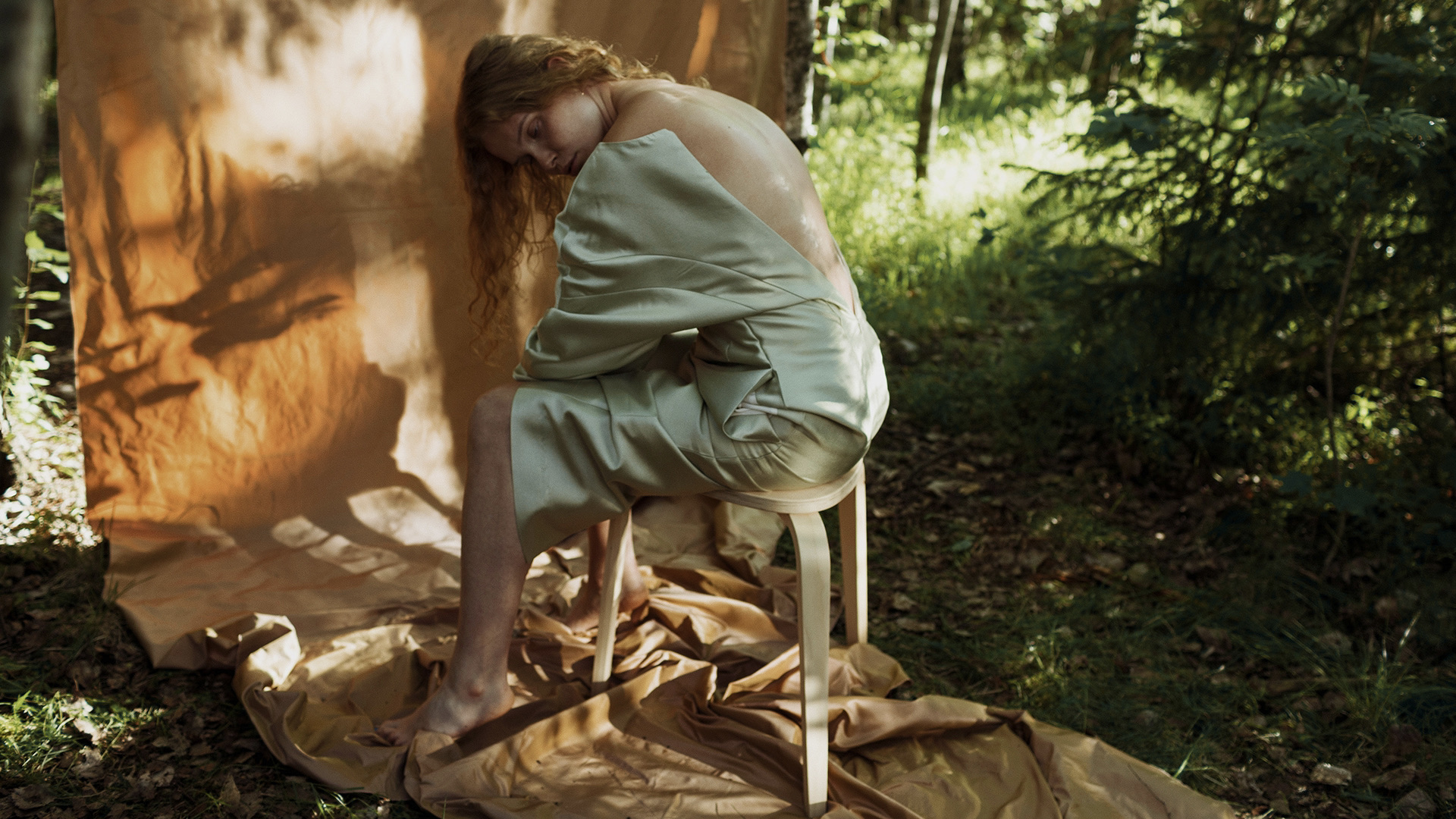
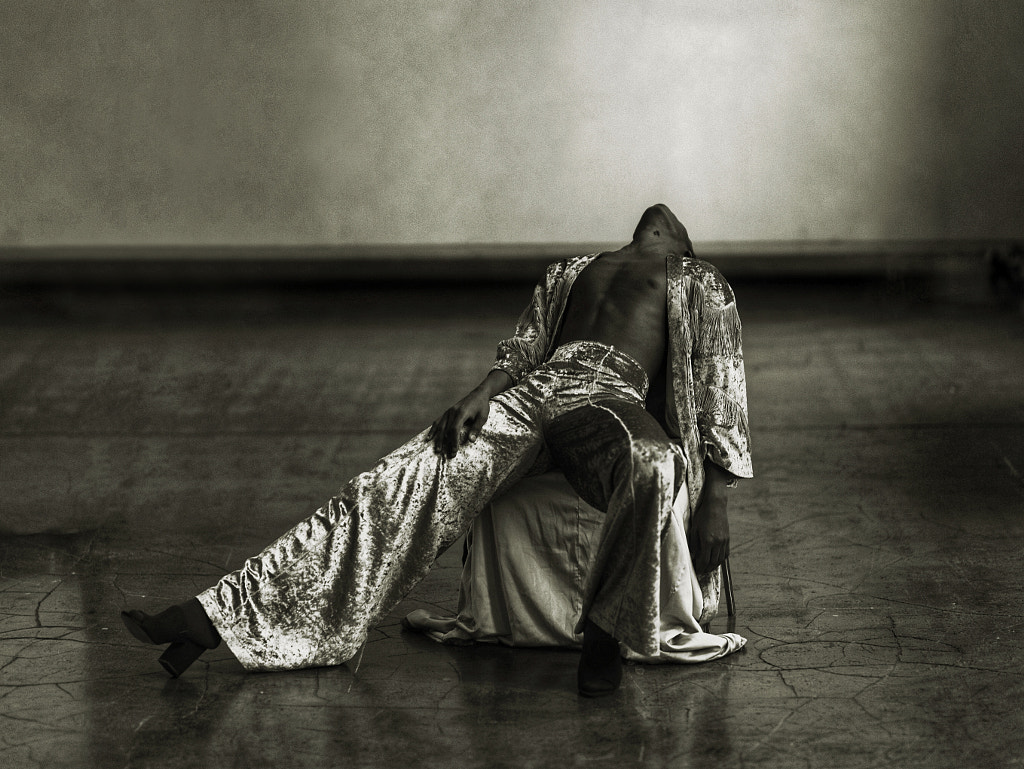
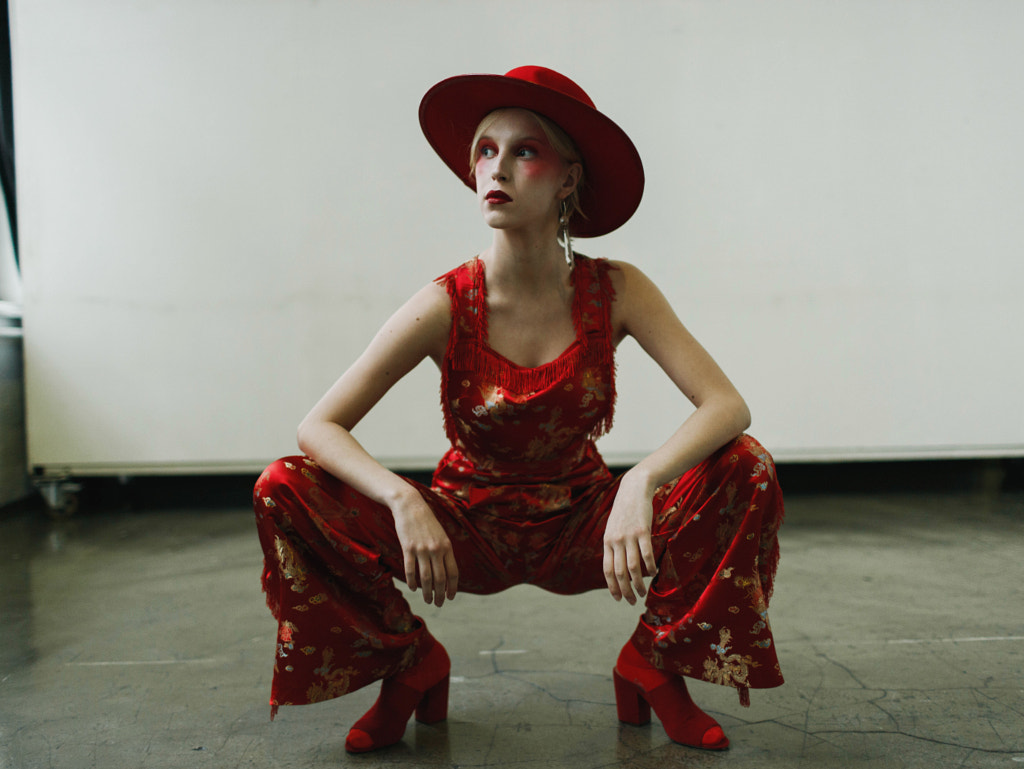
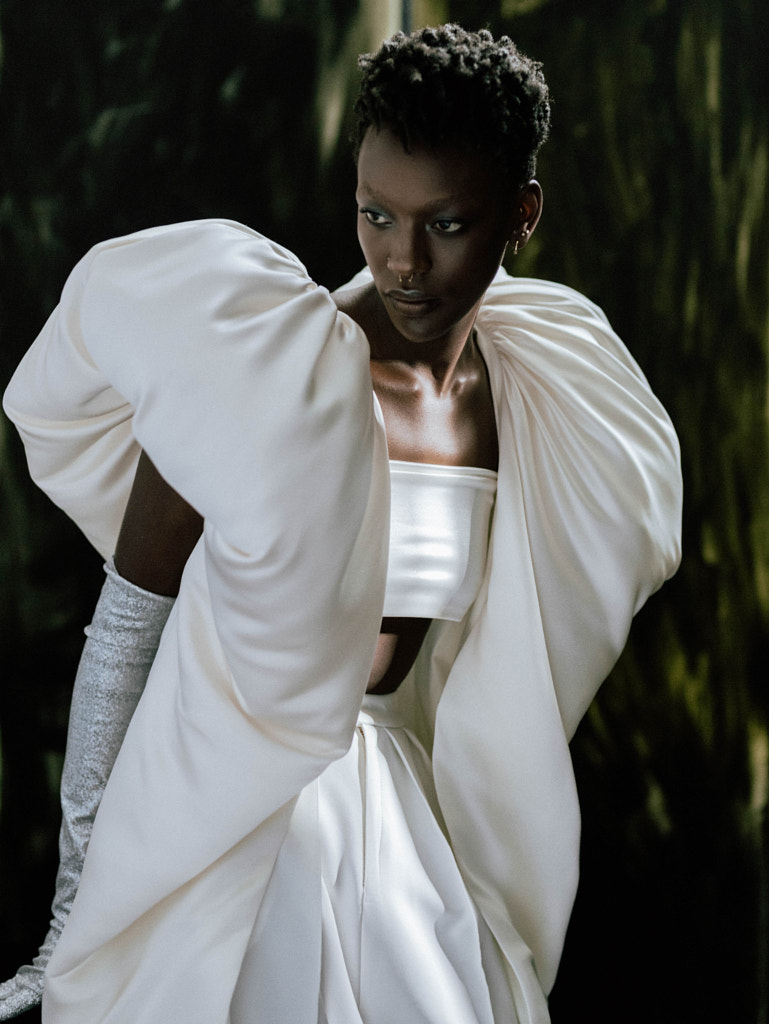
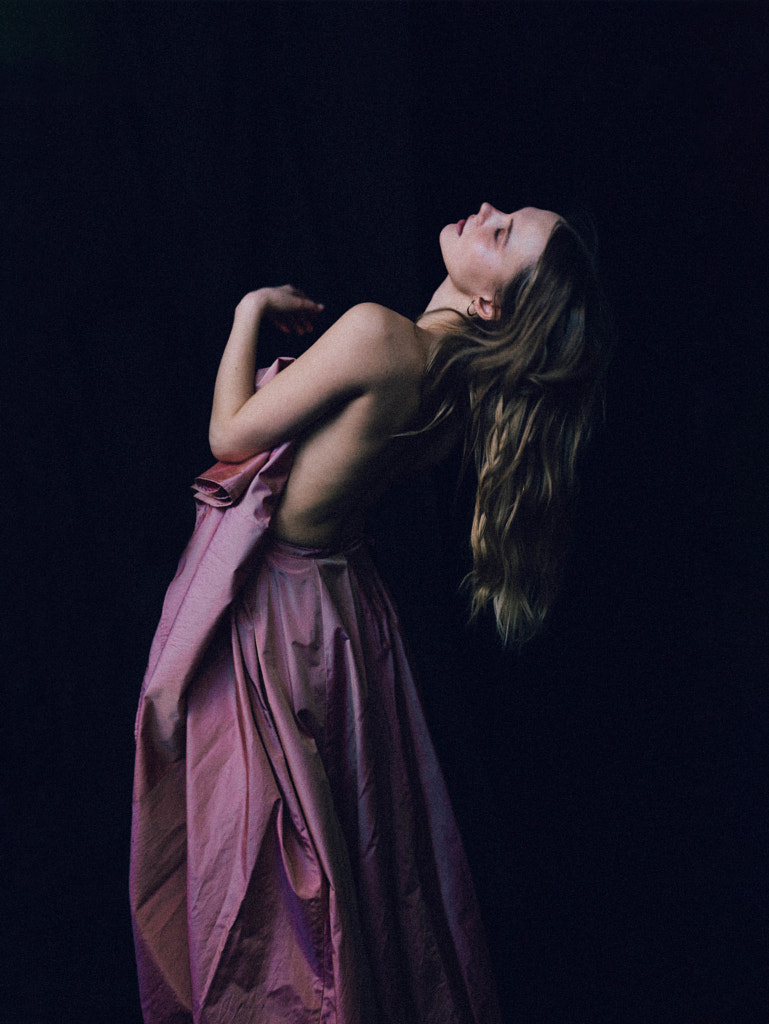
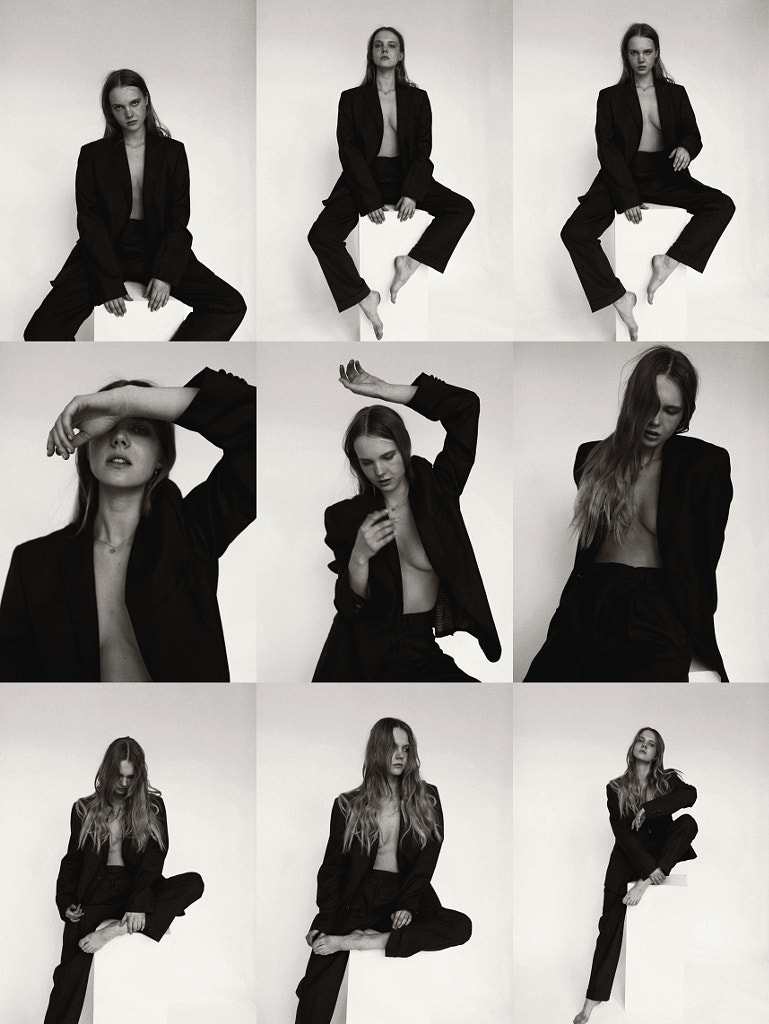
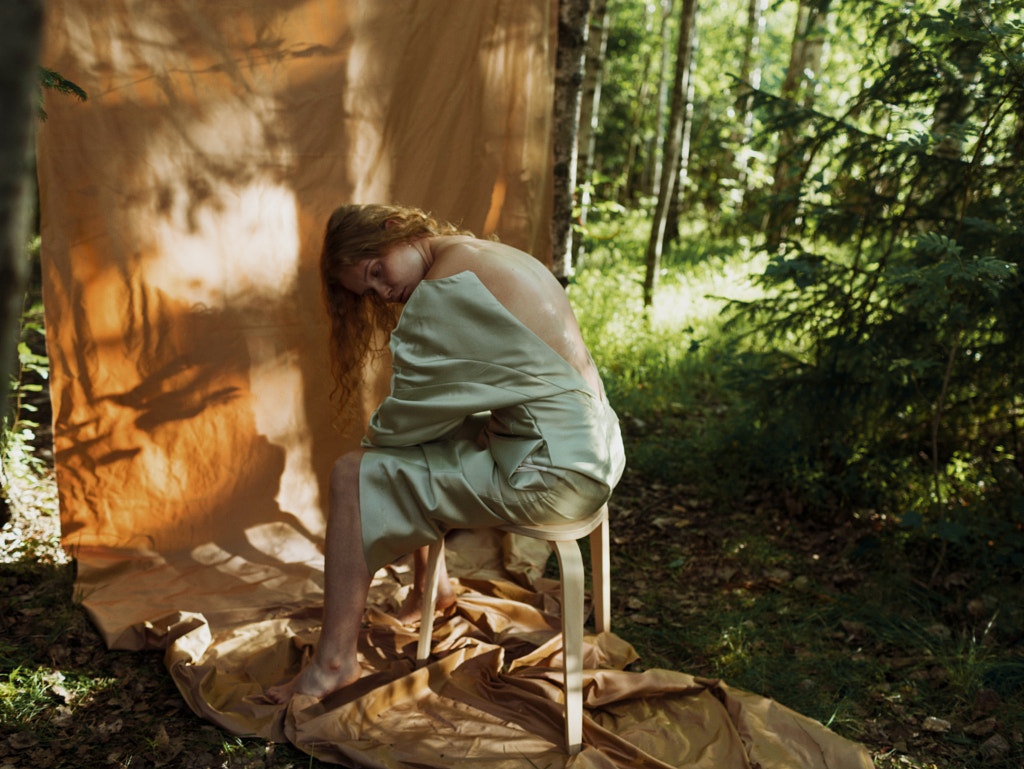
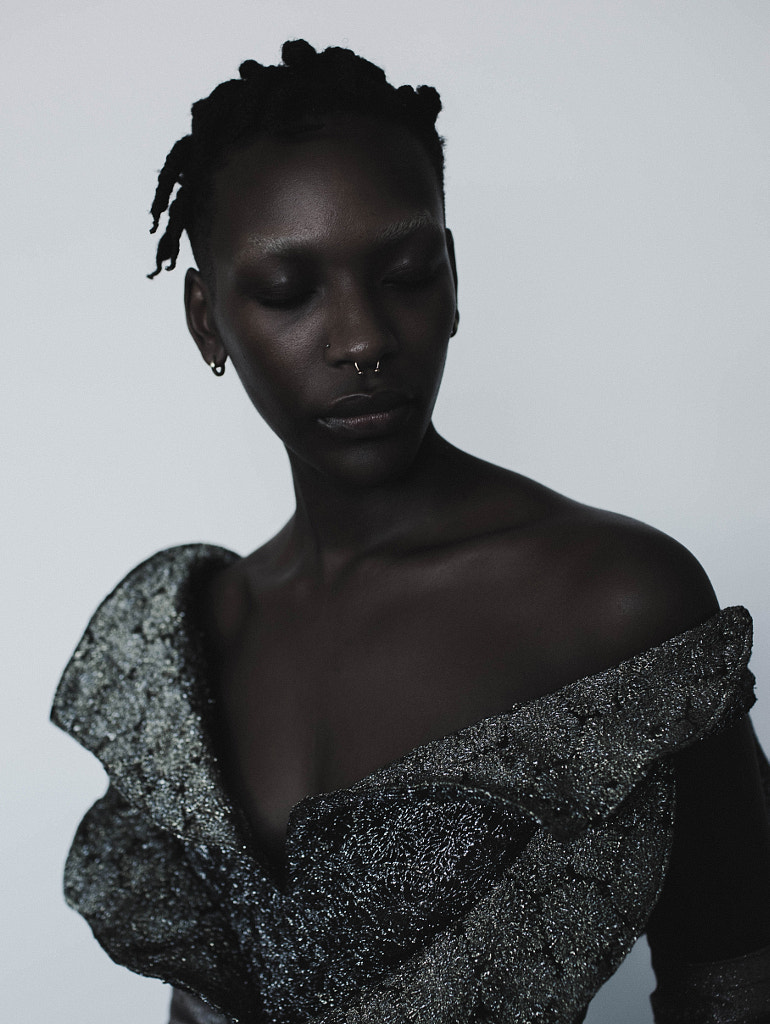
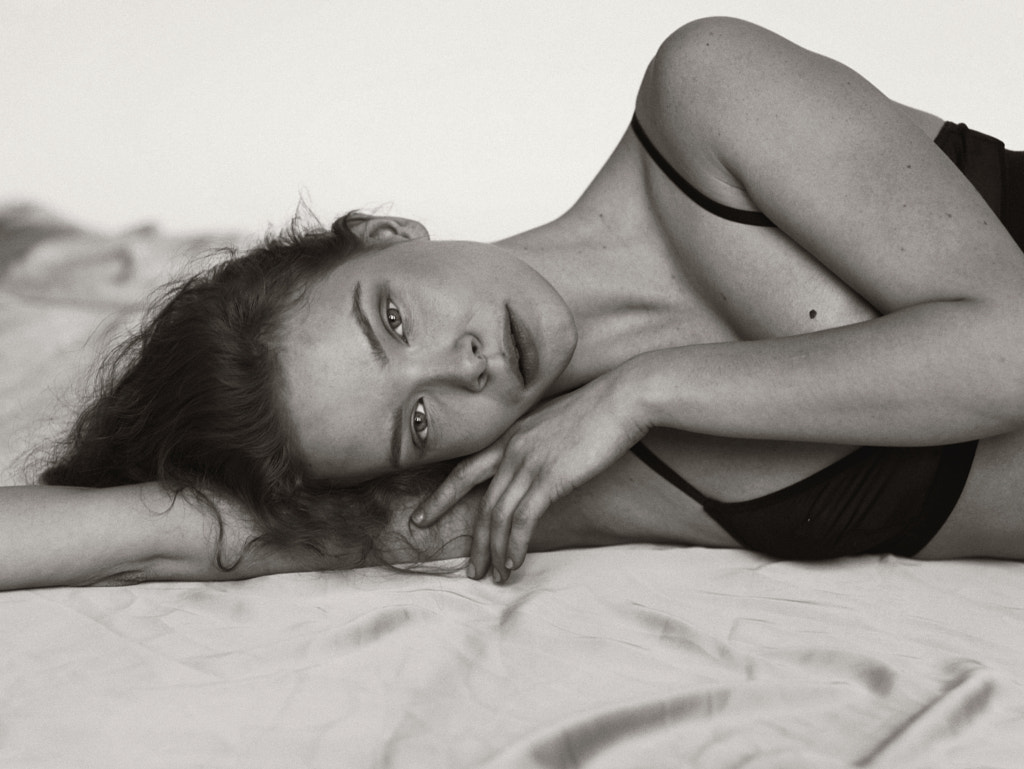

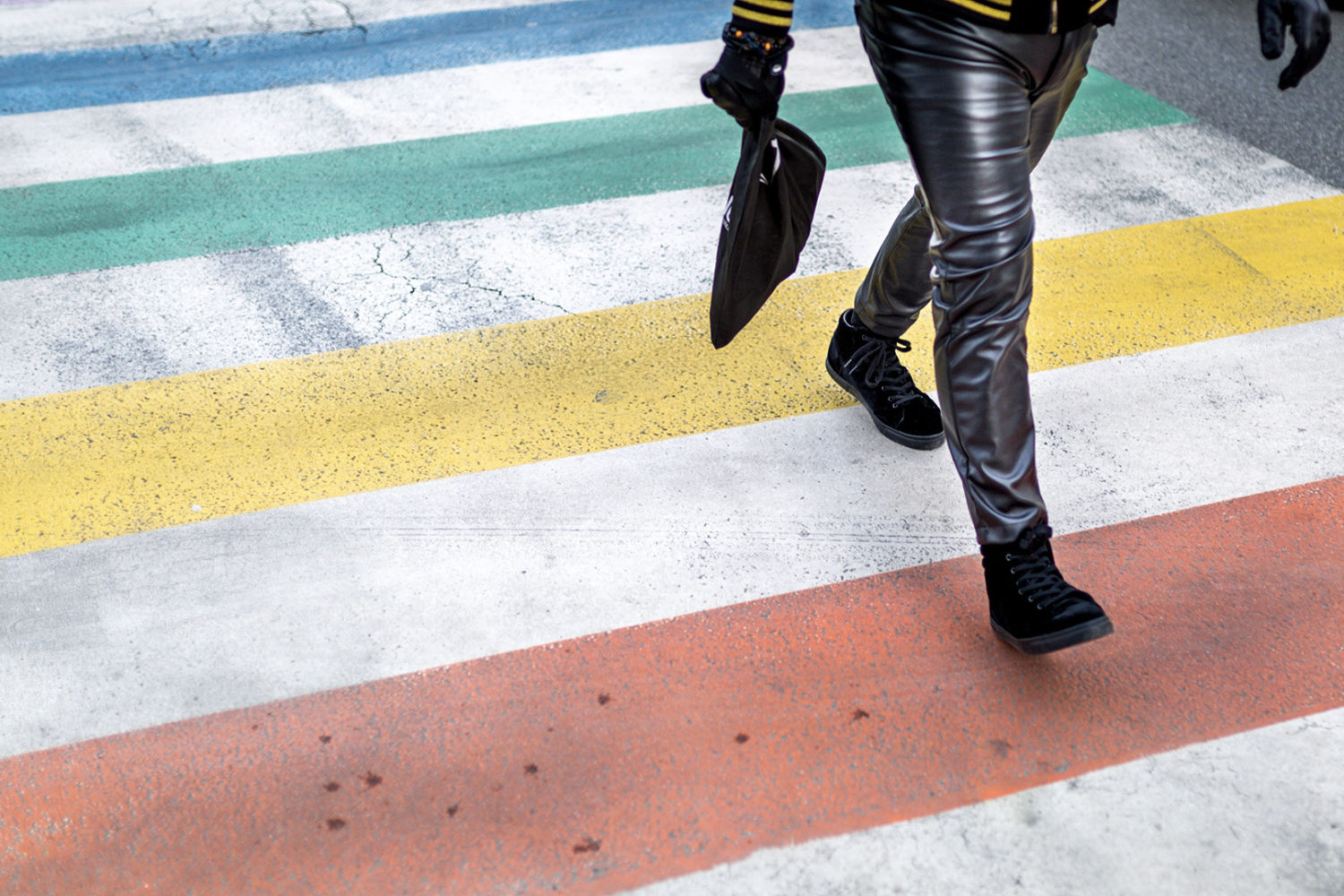
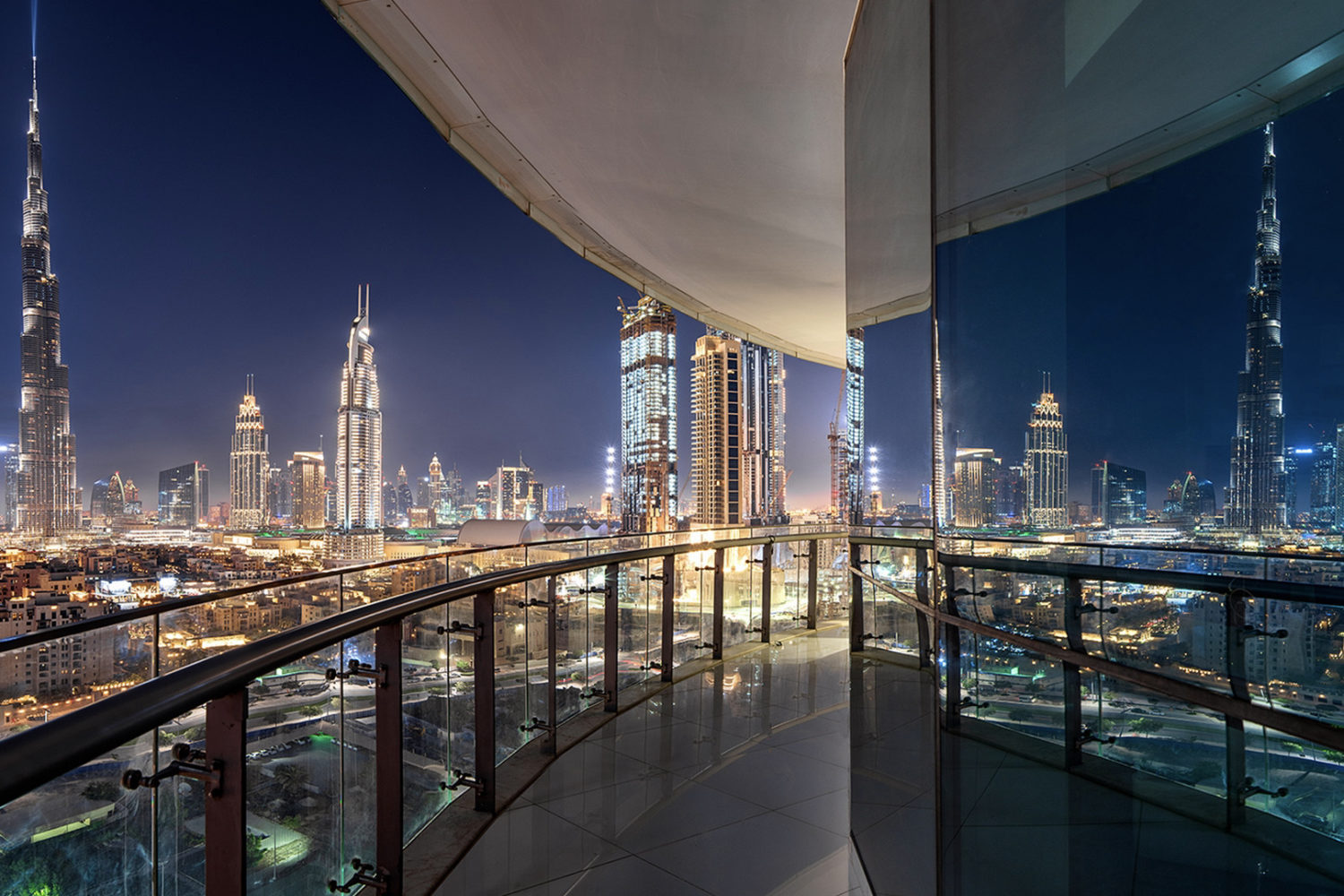



Leave a reply